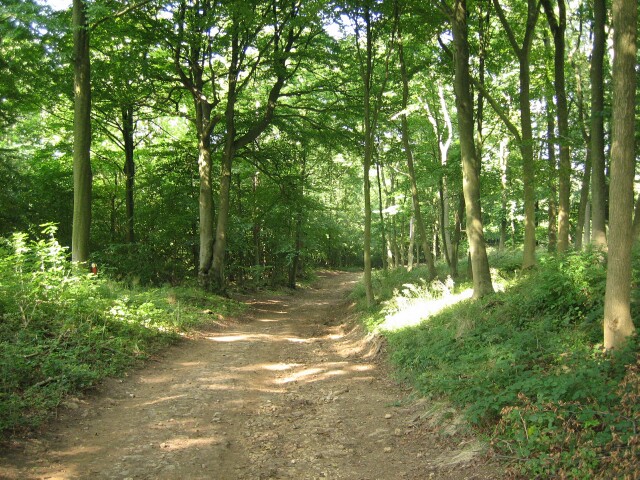Tick Alert How to avoid Lyme Disease and TBE
Ticks are second only to mosquitoes for carrying disease to humans (this page is also accessed via bit.ly/tickalert)
Ticks are increasing in many parts of Europe because of changes in farming practices and climate change. If you are travelling or go on holiday and visit rural areas you are at an increased risk from tick bites, particularly if you are camping, hiking or trekking, cycling or climbing. 1. ASSESS: know about Ticks - TBE and Lyme DiseaseTick Borne Encephalitis (TBE) is a serious disease affecting EuropeTick Borne Encephalitis (TBE) is a viral infection spread by ticks. Vaccination is available but you may have to pay for it. Initial symptoms of TBE are similar to Lyme disease. The TBE virus is currently not reported in the UK but is common in many European areas. For more information please see Tick Alert and the Bayer Companion Vector-Borne Diseases World Map is also useful (adjust left navigation to search data). Remember, ticks are also considered poisenous, see ScienceNews.
Tick Borne Lyme Disease is a serious disease affecting the UK - NEW reliable self test now available!Lyme disease is a bacterial infection spread by ticks. It can affect your skin, joints, heart and nervous system.Quick identification via a reliable self test now means you can avoid symptoms from developing into a serious condition and get effective treatment fast from your doctor or health care provider.
|
  | ||
2. PREPARE - prevent TBE and Lyme DiseaseWhat you can do to prevent being bitten by ticks - before you go:
|  | ||
3. STAY SAFE - enjoy your time outdoors and...
|  
| ||
4. RecoverRecovering from Lyme Disease or Tick Borne Encephalitis (TBE) can take many years and may involve suffering from recurring symptoms of various severity. The message is simple: don't give ticks a chance - and consider taking part in the Tick Recording Scheme (HPA)PREVENT - REMOVE - TEST | |||
More information and resources on ticks and tick-borne diseases: also of related interest: Insect Sting Allergy - the facts (Anaphylaxis Campaign) |
If you find this content useful then visit our PREPAREDNESS HUB, read our RESILIENCE BLOG and join us for even more:
 |  |  |  |








